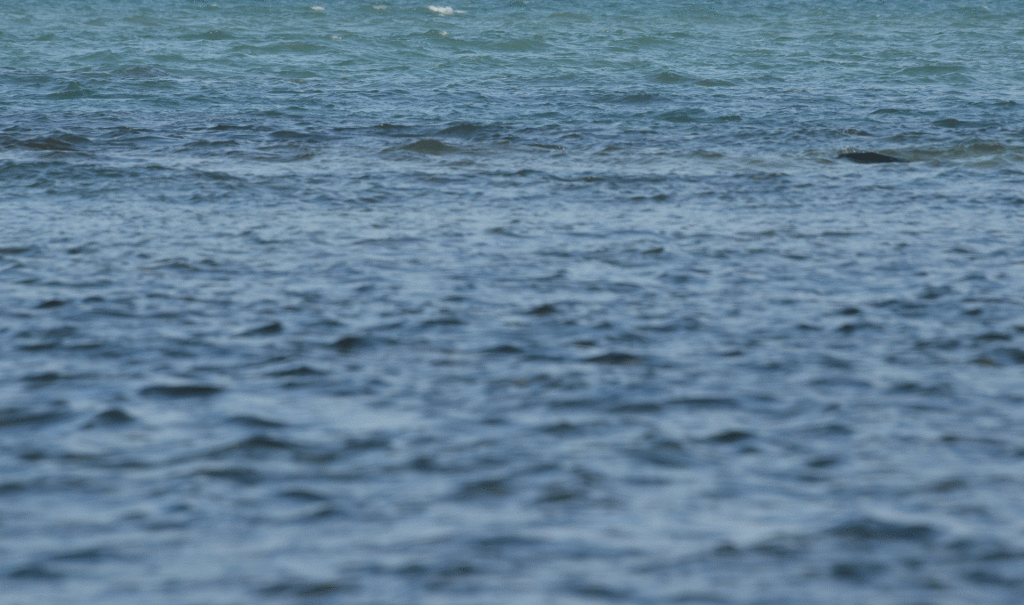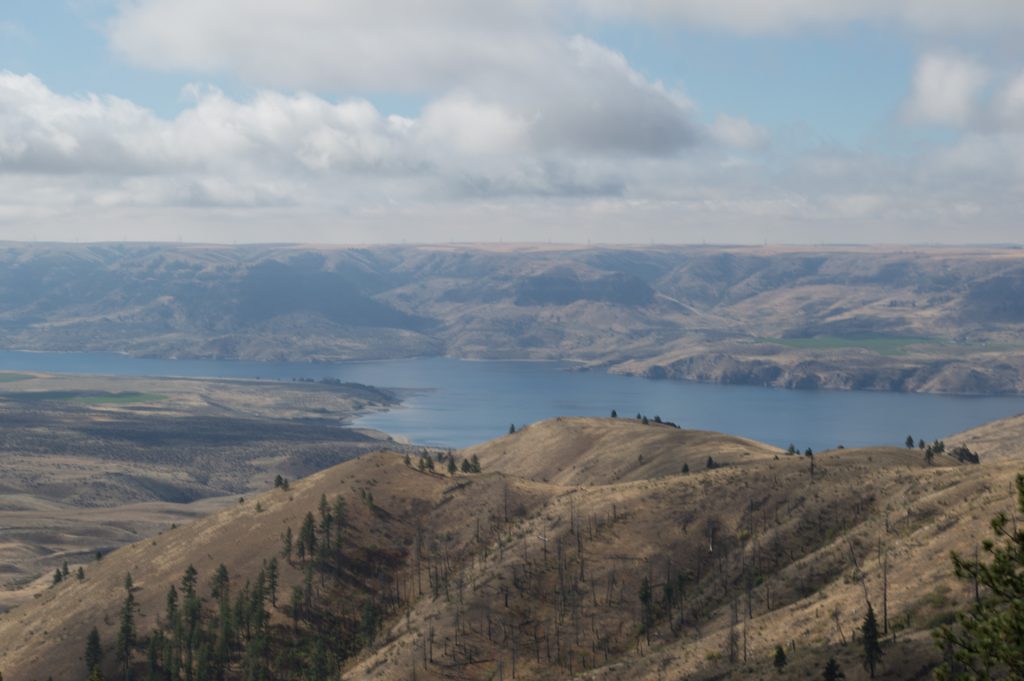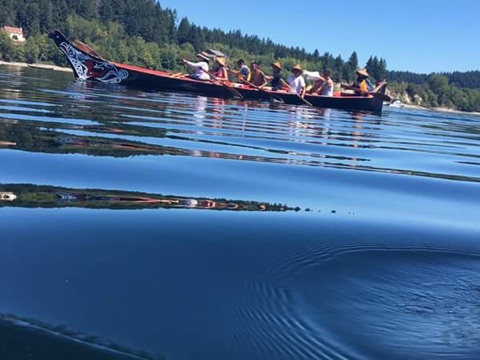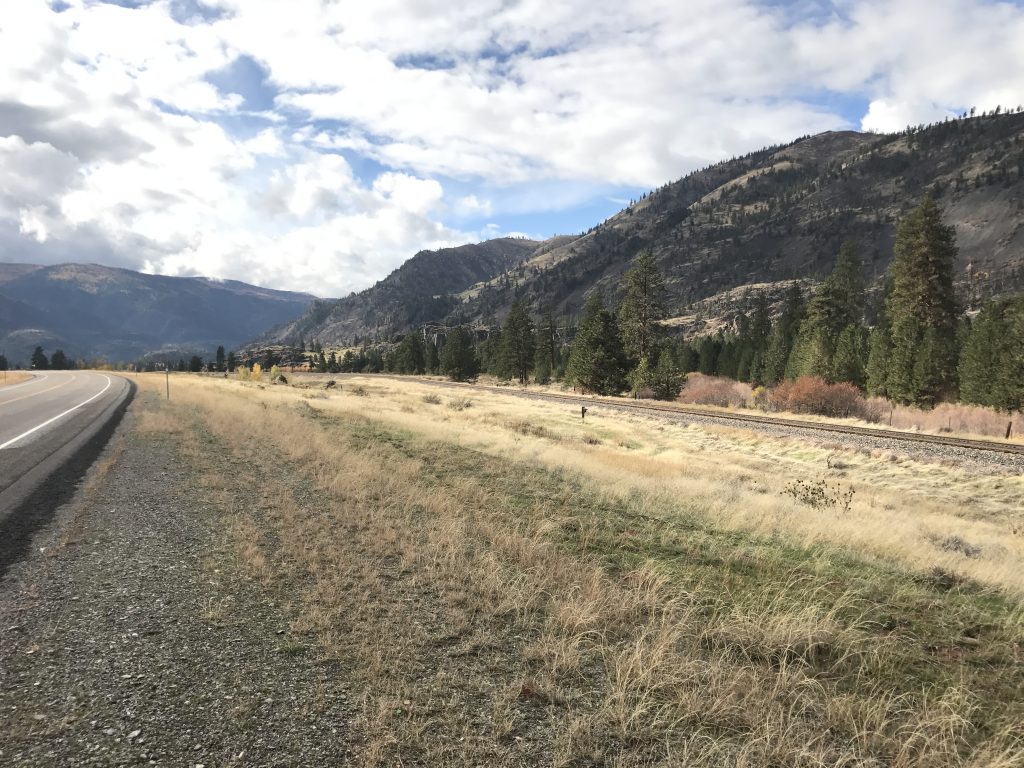News & Events
January 21, 2015
Glenda Breiler on Canoe Journey 2014
 The Heiltsuk Nation of Bella Bella, British Columbia, invited indigenous peoples for the Qatuwas “people gathering together” Festival in Bella Bella. The majority were Pacific Northwest tribal members from Washington, Oregon, British Columbia and Alaska; but there were teams of people from New Zealand and Hawaii, as well.
The Heiltsuk Nation of Bella Bella, British Columbia, invited indigenous peoples for the Qatuwas “people gathering together” Festival in Bella Bella. The majority were Pacific Northwest tribal members from Washington, Oregon, British Columbia and Alaska; but there were teams of people from New Zealand and Hawaii, as well.
The origins and purpose of Canoe Journey are described on the 2014 Tribal Canoe Journeys website:
Being exposed to the forces of ocean and weather during the journey as our forefathers used to be, has inspired the crews of our canoes. For over 20 years the Tribal Journeys have transformed thousands of our youth. It has helped them to reconnect to their culture and heritage and has strengthened their confidence as contemporary First Nation people with a longstanding history.
On their voyage the pullers learn a lot about the traditional ecological knowledge, our environmental stewardship, about weather and tides. But they also gain respect for the ocean and its power, and how to work together as a team building on individual strengths. The physical training and exercise has improved the health of many youth as much as the mental challenge and the accomplishment has been helping them to prepare themselves for their lives.
Today, Tribal Journeys have become a cornerstone of our coastal First Nation’s culture. The majority of the tribal groups of the Pacific Northwest coastal First Nations participate in ocean going canoe activities and the numbers are still on the rise.” See www.tribaljourneys.ca.
Glenda Breiler of IWRI participated in her first Canoe Journey this year and described her experience to co-worker Leo Egashira.
Where did your journey begin and end?
My journey covered 610 nautical miles from Victoria, B.C.; several other tribes started further south in Washington coastal waters. We started June 23 and landed in Bella Bella on July 12. The last couple days were in rough waters. There was four weeks of “pulling” canoes, and one week of cultural protocol.
What tribal nations did you visit?
We visited all British Columbian coastal tribes from Vancouver Island up to Bella Bella, e.g., Cowichan, Nanaimo, Heltsiuk, etc.
How did you, as a Colville (non-coastal Interior Salish) tribal member, hook up with a canoe group?
My Aunt Trudy (Chehalis, by marriage) introduced me to people from Westside tribes. I was originally scheduled to be in the Chehalis canoe, but they didn’t go. I trained for two months. Three Chehalis members who paddled for one week provided financial assistance. My canoe family became the Puyallup. I ended up dancing and singing with the Quinault, Squaxin Island, Muckleshoot & Puyallup groups, all from Western Washington.
 What were your personal goals?
What were your personal goals?
To gain connection and understanding of other tribes. I saw the landing at Quinault in 2013, and felt compelled to be a part of the protocol in the future.
What did you learn about other Northwest and Canadian tribes?
I learned different tribal songs and protocols of landing, e.g., asking permission to come ashore. I was surprised at how close B.C. coastal communities were to each other, even if they were geographically distant. The abundance of wildlife—eagles, ravens, whales, sea lions—was incredible. The welcoming at each stop always involved salmon feasts.
What did you learn about yourself?
How hard I could really work. How glad I am to be alive. I learned to be part of a family from the western side of Washington. The Journey reinvigorated my spirit through singing and dancing. I felt very closely connected to water and traveling in water (Our inland tribes canoed on interior waters). I felt a strong sense of connectivity to family, and we were always traveling together with lots of families from different nations.
Were there any outstanding memories?
I was really struck by the lavish generosity and welcome of hosts.
How will you apply this experience to your life and work?
I experienced first-hand the application of math to the canoe pull. I learned coordinated collaboration and coming together. I learned that Canoe Journeys help with the understanding of spiritual journeys, and as a part of healing and recovery and resilience. The last time the Journey ended in Bella Bella was 1993, eleven years ago. My parents and I were there at that time. They were there again this past year. And I wonder: is this the last time my parents and I will be here witnessing a landing in Bella Bella?
What advice would you give for someone who is interested in participating, i.e., was there anything you did not expect or prepare for?
Be fluid and flexible as a person, as things are changing all the time. It is important to be receptive to advice from elders. The whole trip was an intense psychological, mental, physical task. The Canoe Journey was one of the best experiences in my life. I really didn’t want to come back.
To close, here is a short poem I wrote about the Canoe Journey:
Remembering every moment like the sweet drop of nectar it is
Recovering to a field glorious in the windflowers of rebirth
Closing the door on our path and falling into the vast body of unknown is so clear now
Steadfast into this resurrection as I shed and purge the body of my former self
Breathing in the beauty of rejuvenation
Photo Credit: Kerrie S. Murphy, MSW





